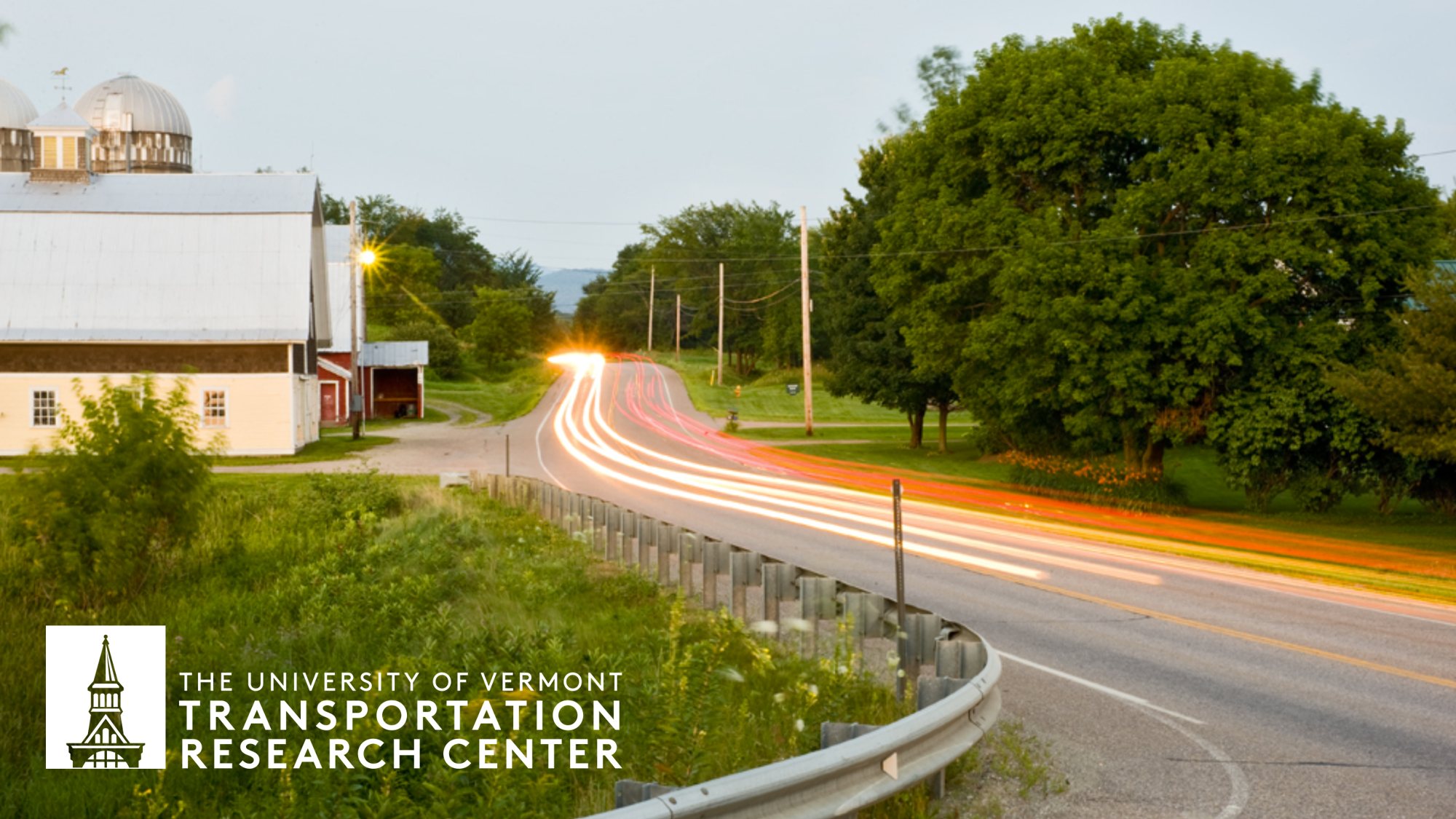
University of Vermont Transportation Research Center
Incorporating Long-Distance Travel intoTransportation Planning in the United States
Document Type
Report
Publication Date
10-1-2018
Abstract
In the early years of transportation planning and highway infrastructure development in the United States the focus was on intercity or long-distance travel, a contrast to the metropolitan travel and state-based models that dominate today. Daily home and work-based travel, which have been the focus of data collection and models since the 1950s, are well-modeled by regional agencies and a limited number of state travel demand models even include some long-distance travel. Nonetheless, long-distance travel demand and factors affecting behavior are not thoroughly considered in transportation planning or behavior research. Only one recent activity-based model of national travel demand has been created and its scope was limited by a severe lack of data. The conceptualization of models to consider intercity long-distance travel has changed little since its inception in the 1970s and 1980s. In order to comprehensively consider transportation system sustainability, there is a critical need for improved nation-wide annual overnight activity data and models of overnight travel (a re-focus and important distinct re-framing of long-distance trips that this white paper suggests). Truly addressing the economic, environmental, and social equity issues required to create a sustainable global transportation system will entail completely updating our existing planning framework to meaningfully include long-distance travel. It is clear that long-distance passenger miles must be accounted for when addressing greenhouse gas (GHG) emissions and other negative environmental externalities. Less well-known are the questions of social justice that loom large when one considers the details of long-distance travel. Travel in our society is becoming increasingly associated with quality of life. Those without intercity access may miss opportunity and social capital. However, without representative long-distance travel data it is impossible to compare the relative participation by different groups and to consider latent demand. It is difficult to measure who comprises the global mobile elite and who lacks sufficient intercity mobility for reasonable social network obligations and personal services. This white paper suggests utilizing a common framework for long-distance data collection and tabulation that re-defines long-distance travel into daily or overnight. The author advocates using overnight as the defining characteristic for data collection, which complements existing daily travel surveys already capturing long day-trips. Within frameworks moving forward it is important to clearly characterize all trip purposes, including mixed purposes and purposeless travel, which comprise an appreciable portion of long-distance travel. Spatial data that distinguish between simple out-and-back trips and spatially complex trips are necessary and mobile devices have now made this measurement of long-distance tours feasible. In order to truly model all travel in the current system, we must move away from the idea that most travel is routine, within region, and home-based. Many people, especially the most frequent travelers, have long-distance routines including multiple home bases. Additionally, our models should not assume that travelers staying at a second home, hotel, or friend’s home travel like residents. Efforts to measure and model non-home-based travel or travel at destination are essential to accurately modeling behavior. Daily surveys such as the 2017 National Household Transportation Survey are increasingly doing this. A nation-wide annual activity model of overnight travel must fully incorporate both surface and air travel to allow full consideration of alternative future system scenarios.
Recommended Citation
Aultman-Hall, L. (2018). Incorporating Long-Distance Travel into Transportation Planning in the United States. Prepared by the University of Vermont Transportation Research Center for the National Center for Sustainable Transportation.


